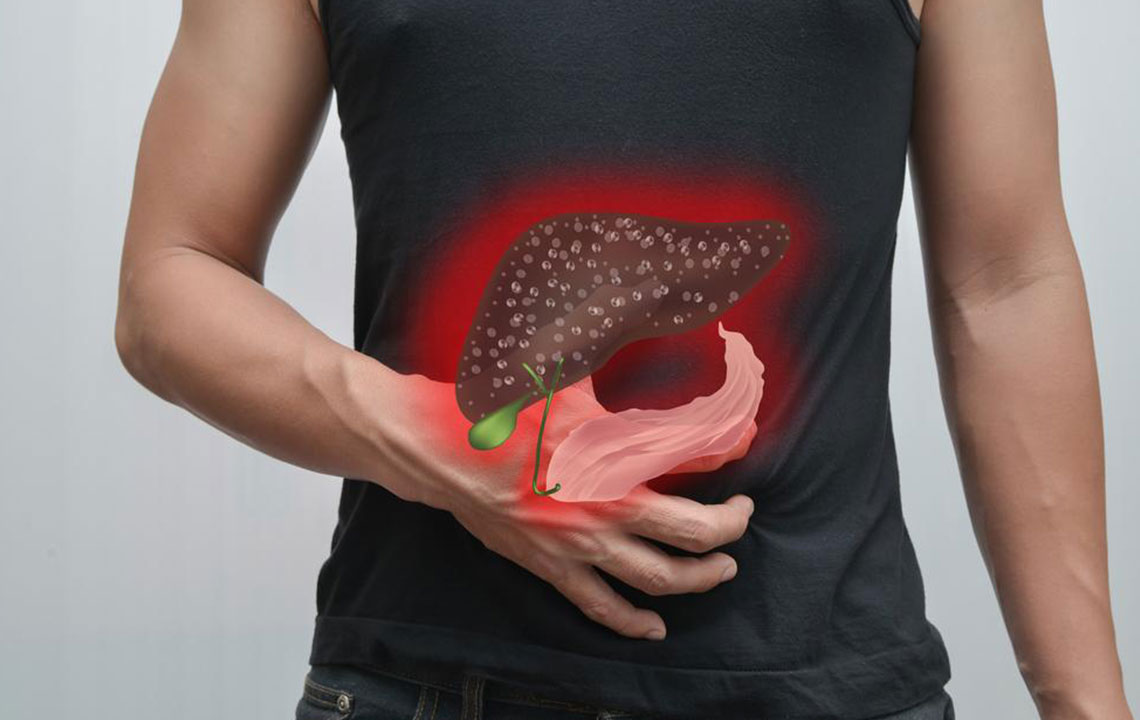Understanding Kidney and Liver Failure: Causes, Symptoms, and Treatments
Explore the key aspects of kidney and liver failure, including causes, symptoms, and treatment options. Learn how hepatorenal syndrome impacts health and what steps can be taken for management, emphasizing the importance of early diagnosis and medical intervention to improve outcomes.

Understanding Kidney and Liver Failure: Causes, Symptoms, and Treatments
Hepatorenal syndrome is a specific form of kidney failure that occurs in individuals with severe liver damage, often due to cirrhosis. When the kidneys cease to function properly, toxins accumulate, leading to liver failure as well. These conditions are interconnected, with two main types: Type 1 progresses rapidly, while Type 2 develops gradually with milder symptoms.
Symptoms
Recognizing symptoms promptly is crucial, as they often require urgent medical attention.
If symptoms such as the following appear, immediate medical consultation is necessary:
Nausea
Weight gain
Confusion
Decreased urination
Dark-colored urine
Abdominal swelling
Jaundice
Cognitive disturbances like dementia
Vomiting
Delirium
Causes and Risk Factors
Hepatorenal syndrome often stems from liver diseases, especially cirrhosis. Factors contributing to this condition include:
Infections affecting the kidneys
Gastrointestinal bleeding
Use of diuretics which increase urine production
Liver-related diseases such as hepatitis B and C, autoimmune conditions, tumors, and cirrhosis are primary causes. Severe liver failure, like fulminant liver failure, can also trigger renal issues. Other risk factors include abdominal infections like spontaneous bacterial peritonitis and gastrointestinal bleeding in cirrhosis patients.
Treatment Strategies
Managing hepatorenal syndrome involves various approaches. Medications called vasoconstrictors help control blood pressure. Dialysis may be necessary to remove toxins and excess fluid from the blood. Liver transplantation offers a potential cure; transplant success significantly improves survival chances once a healthy liver is achieved.










